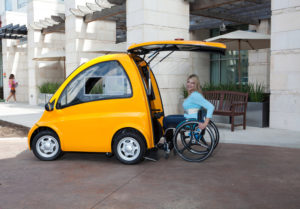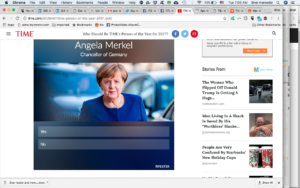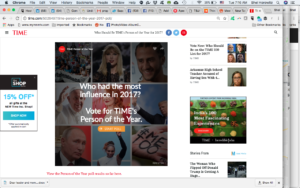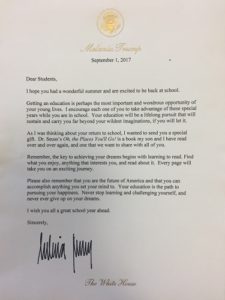How not to communicate change
Guest post by Tamsen Webster

Back in 1995, I cast a vote that had long-lasting consequences. We all did.
I’m speaking, of course, of the vote to add the color blue to M&Ms. Looking back, I realize now that it was the Brexit of candy votes.
But let me back up. For most of my childhood, M&Ms were as colorfully bland and reassuring as a 1970s kitchen.
Just dark brown, tan, orange, yellow and green. No red. Those caused cancer.
But by the time the 90s rolled around, America was in full 70s rejection mode, and M&Ms decided it was time to add a new color to the fabled mix.
And we got to vote on what it would be: pink, purple, or blue.
It wasn’t much of a decision, really: pink or purple clearly didn’t “go” with the rest of that harvest goal palette. I mean, really.
And so blue won in a landslide.
But the day they made that announcement, they told us something they hadn’t told us before: this “new color” was going to… replace… TAN.
And all of a sudden, this silly little vote had real consequences (as far as candy colors go, at least). And I didn’t like those consequences.
And I really didn’t like that I didn’t know about this whole “sacrificial tan” thing ahead of time.
I have no idea what the real reason was for M&M’s leadership to sacrifice tan. But whatever the reason, apparently it was a decision they made BEFORE they announced the results of the vote… and likely before they even decided to have a vote at all… because they had already decided to get rid of tan.
And yes, one of the truths of leadership is that sometimes there are these binary either/or choices we have to make in order to make a successful change. Opening a new office here means not opening one there. Hiring this person means not hiring that one.
But binary choices aren’t the problem. The real problem is when a binary choice isn’t presented as one. When we don’t give people full information about the change they’re about to make.
Why? Because we — all of us — are not rational decision makers, we are rationalizing decision makers.
We make decisions based on how we feel in the moment… and then we go back and think about them.
Which means, no matter how good you may make a decision feel in the moment, once people start really thinking about it, those once-happy, once-accepting people… aren’t.
Because they’ll feel manipulated, not led. And every time they do, they’ll be just a little less willing to trust the next change you put in front of them.
Do it enough? And you’ve lost your ability to lead change entirely.
So what can we do?
In the case of M&Ms, one single line might have made the difference between me happily eating blue M&Ms and my carrying the torch for tan all these years…
Here it is: “We’ve decided it’s time to replace tan…but, now you can help us decide what color we add next.” It’s a small addition, but a critical one, because it shows both sides of the choice. And we can only fully embrace change when we fully understand it.
So, if you’re a leader or manager, don’t shy away from the truth. Tell it. And where possible, give people real options to choose from. I know the “real options” part isn’t always possible — that’s back to the hard truths of leadership.
But even telling people that helps them better understand a change, because they’ll better understand where you’re coming from. Either way, the change will be more successful as a result.
So do it for that. Or do it for them.
Or just do it for tan.
#teamtan











